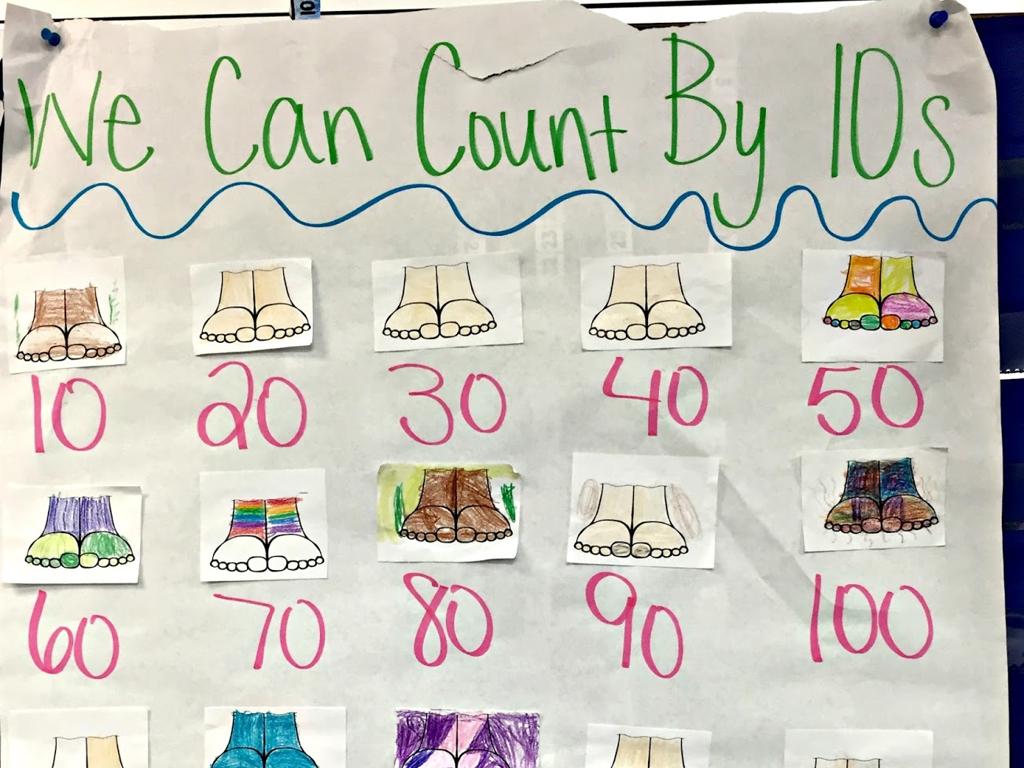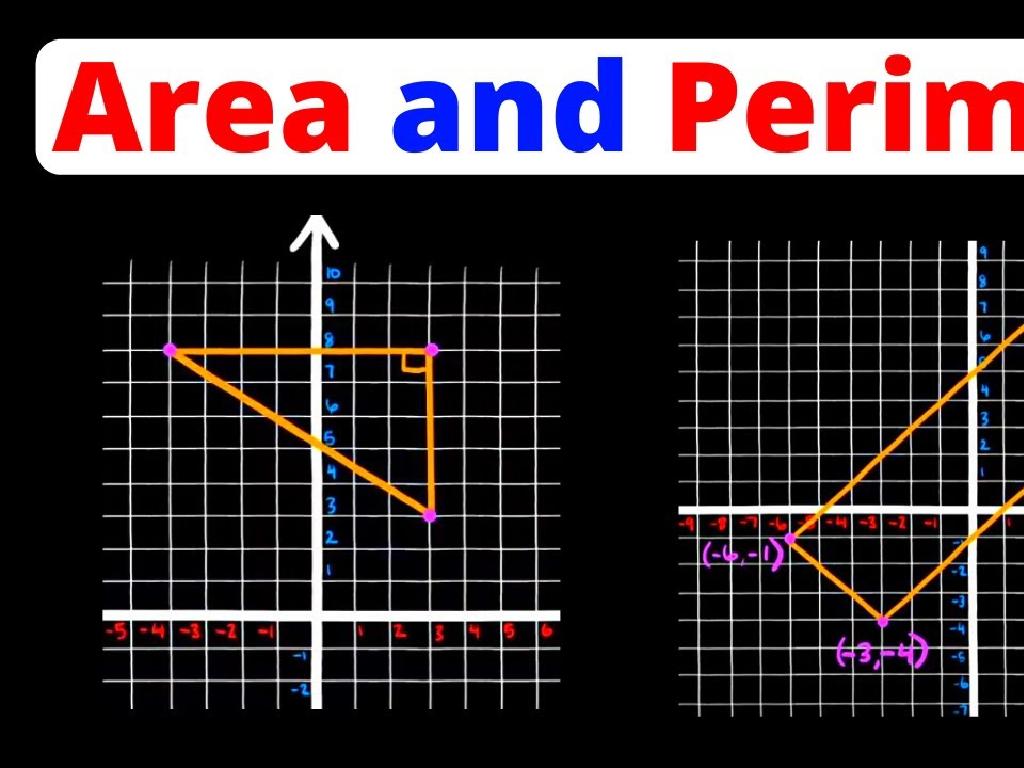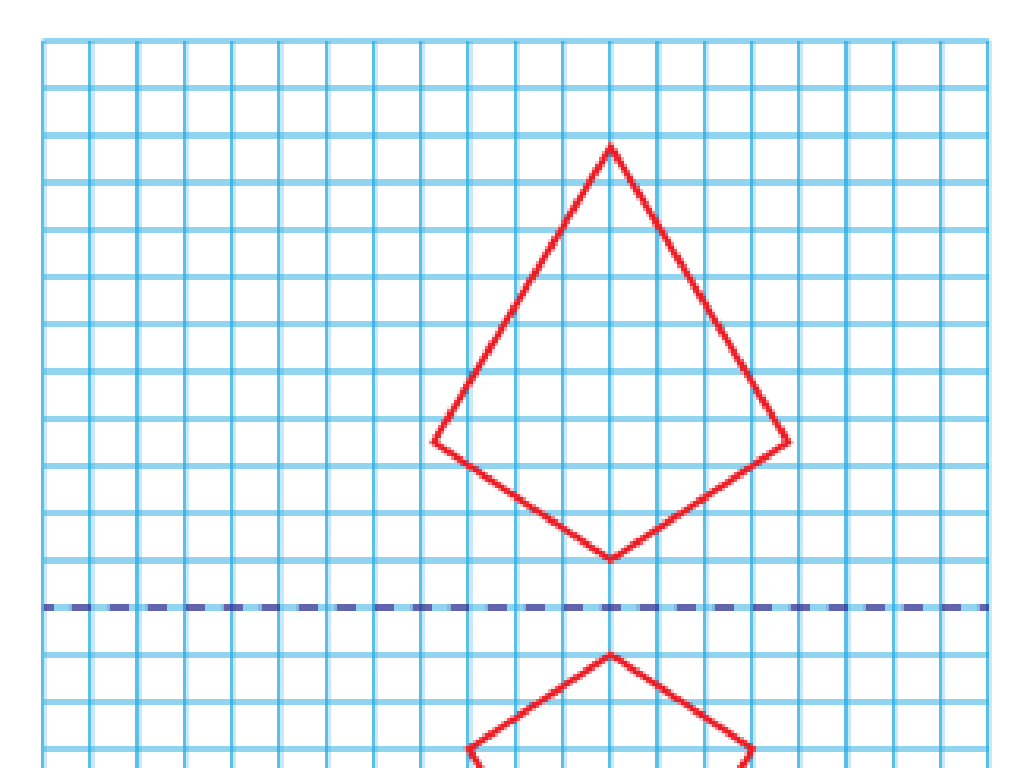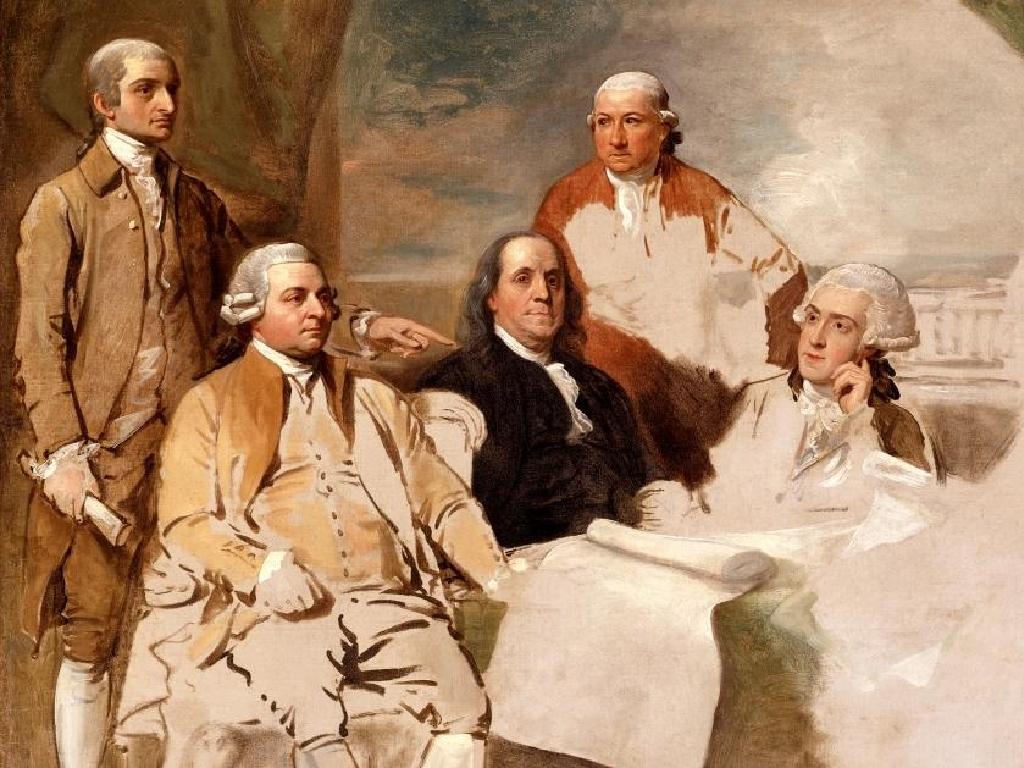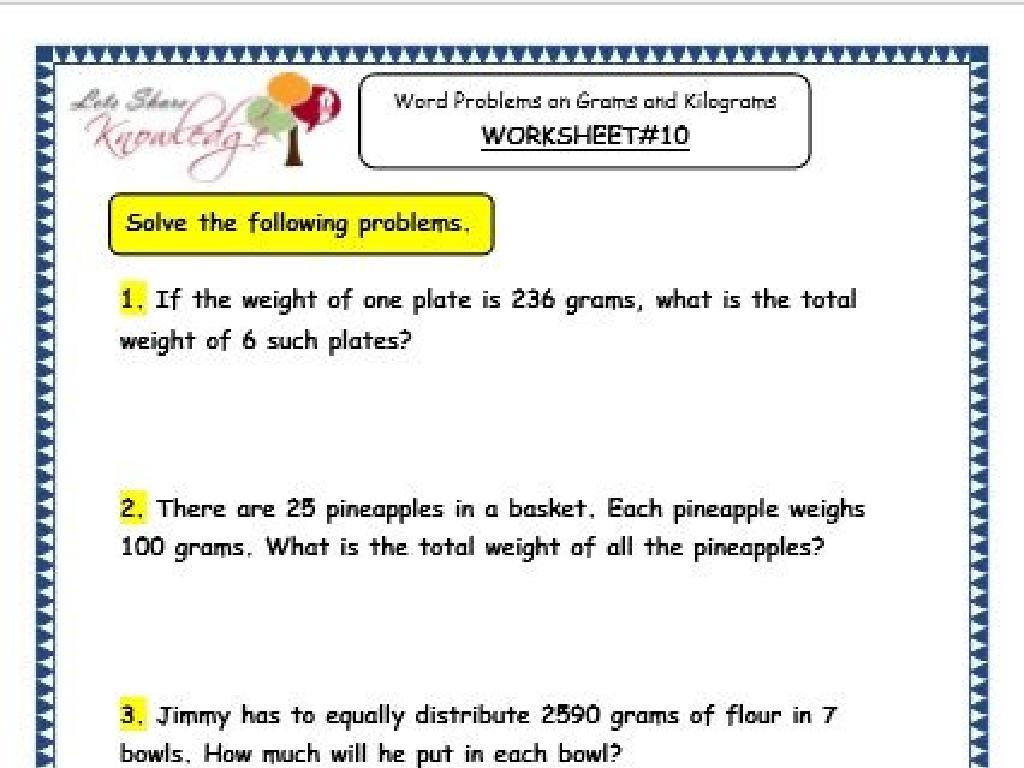Correct Amount Of Change
Subject: Math
Grade: Second grade
Topic: Money Up To $1
Please LOG IN to download the presentation. Access is available to registered users only.
View More Content
Introduction to Money: Coins and Bills
– Learn about money: coins and bills
– Recognize different coins
– Penny, Nickel, Dime, and Quarter
– Understand the value of each coin
– Penny = 1 cent, Nickel = 5 cents, Dime = 10 cents, Quarter = 25 cents
– Identify the one dollar bill
– A one dollar bill is equal to 100 cents
|
This slide introduces students to the basics of money, focusing on the coins and bills used in everyday transactions. Start by explaining what money is and why it’s important. Show real coins and a one dollar bill to the class, if possible, or use clear images. Help students to identify and name each coin: a penny, nickel, dime, and quarter, and understand their individual values. Emphasize that 100 pennies make a dollar, just like 20 nickels, 10 dimes, or 4 quarters. Explain that a one dollar bill is another way to show 100 cents. Use simple examples to show how different combinations of coins can add up to one dollar. Encourage students to bring in examples of coins for the next class to enhance their learning experience.
Counting Money: Making Exact Change
– Learn to count using coins and bills
– Practice with different combinations
– Combine pennies, nickels, dimes, and quarters to make amounts like 50¢ or $1
– Hands-on counting with real or play money
– Use physical coins and bills to add up to specific amounts
– Understand making exact change
– Knowing how to give the correct amount when paying for things
|
This slide is aimed at helping second-grade students understand the concept of counting money up to $1 using coins and bills. Start by introducing the different denominations of coins and bills. Then, move on to interactive activities where students practice combining different coins and bills to make exact amounts. Using real or play money will give them a tangible understanding of how different combinations of coins and bills can add up to the same total. Emphasize the practical application of making exact change in real-life situations, such as buying something at a store. Encourage students to think about how many ways they can make the same amount using different coins and bills. This will enhance their problem-solving skills and their understanding of the value of money.
Making Smart Purchases with Money
– Using money to buy items
– Calculating total cost from price tags
– Add up prices to see how much money is needed
– Understanding affordability
– Can you buy it? Do you have enough money?
– Examples of making purchases
– Buying a $0.75 apple with $1 and getting $0.25 back
|
This slide aims to teach students the practical use of money in everyday transactions. Start by explaining that money is used to exchange for goods or services. Show them how to read price tags on items and add up the total cost of multiple items. Introduce the concept of affordability by discussing if the total cost is within the amount of money they have. Use relatable examples, such as buying a piece of fruit with a dollar bill and figuring out the change they should receive. Encourage students to think about what they can afford with the money they have before making a purchase. This will help them understand budgeting and the value of money.
Calculating Change: Money Transactions
– Understanding ‘change’ in transactions
– ‘Change’ is money returned when you pay more than the cost.
– Steps to calculate correct change
– Subtract the item cost from the amount given.
– Example: Item costs 75¢, you give $1
– How much money do you get back?
– Practice calculating change
|
This slide introduces the concept of ‘change’ in money transactions, which is the amount of money given back when a customer pays more than the item’s cost. Start by explaining the concept of ‘change’ and then walk through the steps of calculating it. Use an example where a student gives $1 for an item that costs 75¢ to illustrate the process. Ask the students how much change they would receive back. After explaining, engage the students with practice problems where they calculate change for various items with different costs, ensuring they understand the concept thoroughly. Encourage them to think about times they have received change in real life to make the lesson more relatable.
Role-Playing Shopkeeper and Customer
– Practice shopkeeper and customer roles
– Use play money for transactions
– Learn to give the correct change
– If an item costs 75 cents and you pay with $1, how much change do you get?
– Understand change’s importance
– Giving the right change is key to fair transactions.
|
This slide introduces a class activity where students will role-play as shopkeepers and customers to understand the concept of making purchases and giving the correct amount of change. Provide students with play money to simulate real-life shopping scenarios. They will practice calculating the difference between the cost of an item and the amount of money given. This activity helps students grasp the practical application of subtraction and the value of different coins and bills. For the teacher: Prepare several scenarios with varying costs and amounts paid. Encourage students to interact and perform transactions. Observe and assist as needed. Possible activities: buying a pencil for 50 cents with a dollar, buying a snack for 30 cents with a quarter and a dime, or purchasing a book for 60 cents with a dollar.
Class Activity: The Change Game
– Pair up for ‘The Change Game’
– Student A ‘buys’ an item from Student B
– Use play money to simulate a purchase
– Student B gives the correct change
– Ensure the change is correct for the given amount
– Swap roles and play again
– Practice makes perfect with different items
|
This interactive activity helps students understand the concept of making change in a real-world context. Set up stations with various ‘items’ labeled with prices under $1. Provide play money for transactions. Students take turns being the ‘shopkeeper’ and the ‘customer.’ The customer ‘buys’ an item with a dollar bill, and the shopkeeper must calculate and return the correct amount of change. After each transaction, students switch roles. This exercise reinforces math skills, promotes problem-solving, and enhances social interaction. Possible variations include using different denominations or introducing discounts to challenge students further.
Money Matters: Review & Conclusion
– Recap: Why money knowledge matters
– Understanding money is key for everyday transactions.
– Review counting money and change
– Count coins and bills, then subtract from total to find change.
– Q&A to address confusion
– Ask questions about anything that’s unclear.
– Practice makes perfect
|
As we conclude, emphasize the importance of understanding money, not just in math class but in real life. Review the steps for counting money and calculating change, ensuring students feel comfortable with different coins and bills up to $1. During the Q&A, encourage students to ask questions about any part of the lesson they found challenging. Offer additional examples if needed to clarify. End with the message that practice is essential, and consider sending home worksheets or suggesting money-counting games to reinforce today’s lesson.

